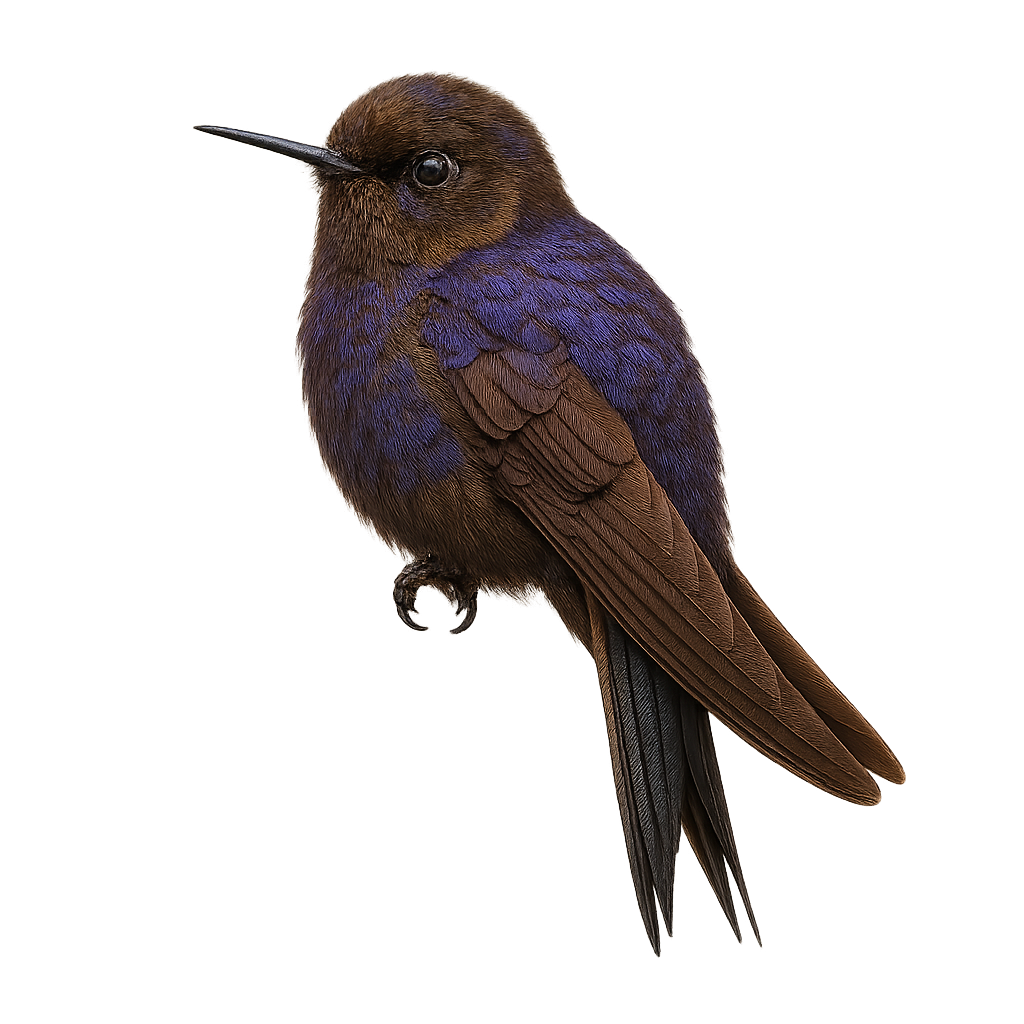Your wildlife photography guide.
Explore the stanley's thornbill in detail, study its behavior, prepare your shots.
Where to observe and photograph the stanley's thornbill in the wild
Learn where and when to spot the stanley's thornbill in the wild, how to identify the species based on distinctive features, and what natural environments it inhabits. The WildlifePhotographer app offers tailored photography tips that reflect the stanley's thornbill’s behavior, helping you capture better wildlife images. Explore the full species profile for key information including description, habitat, active periods, and approach techniques.
Stanley's Thornbill
Scientific name: Chalcostigma stanleyi

IUCN Status: Least Concern
Family: TROCHILIDAE
Group: Birds
Sensitivity to human approach: Suspicious
Minimum approach distance: 5 m
Courtship display: October to November
Incubation: 15-19 jours
Hatchings: October to December
Habitat:
Humid forests, shrublands, mountains
Activity period :
Primarily active during the day, with peak activity in the morning and late afternoon.
Identification and description:
The Chalcostigma stanleyi, or Stanley's Thornbill, is a small, captivating bird belonging to the Trochilidae family. This hummingbird is distinguished by its iridescent plumage with metallic hues, often dominated by shades of green and blue. It primarily inhabits the mountainous regions of the Andes, frequenting humid forests and shrublands. Its thin, slightly curved beak is perfectly adapted for feeding on flower nectar, although it also consumes small insects to supplement its diet. The Stanley's Thornbill is a solitary bird, known for its speed and agility in flight. Its breeding period is influenced by local climatic conditions, making its observation particularly interesting for ornithologists.
Recommended lens:
400 mm – adjust based on distance, desired framing (portrait or habitat), and approach conditions.
Photography tips:
To photograph Stanley's Thornbill, it is advisable to use a 400mm lens or longer to capture precise details of its iridescent plumage. Approach slowly and maintain a distance of at least 5 meters to avoid startling it. The best photo opportunities often occur early in the morning or late in the afternoon when natural light highlights the metallic colors of its plumage. Be patient and wait for it to perch on a flower to feed, allowing you to capture striking shots.
The WildlifePhotographer App is coming soon!
Be the first to explore the best nature spots, track rutting seasons, log your observations, and observe more wildlife.
Already 1 439 wildlife lovers subscribed worldwide

